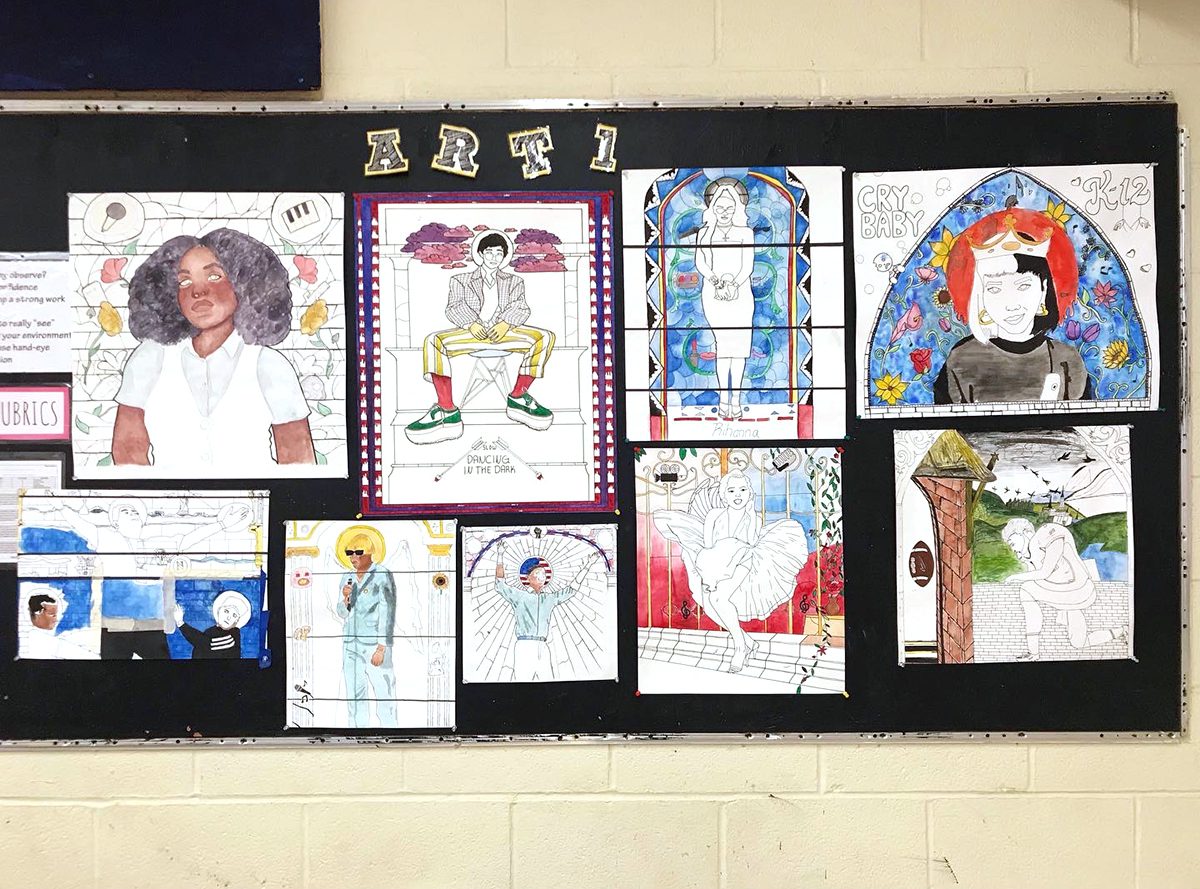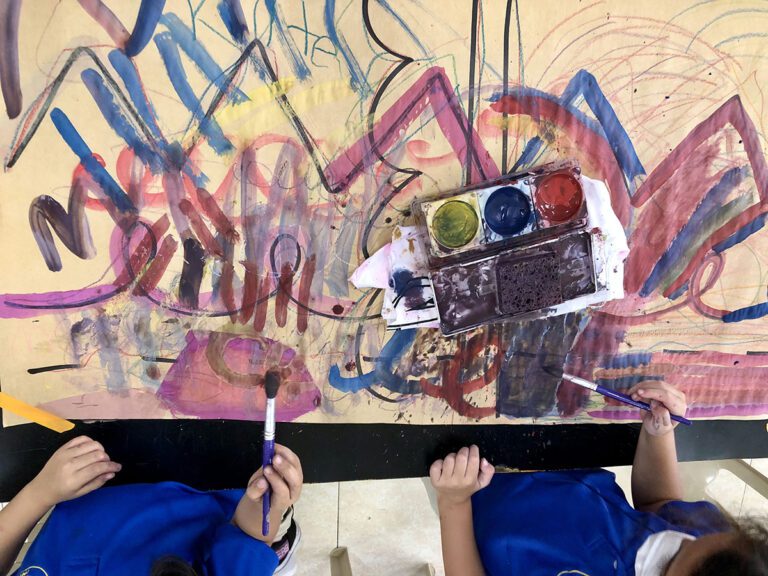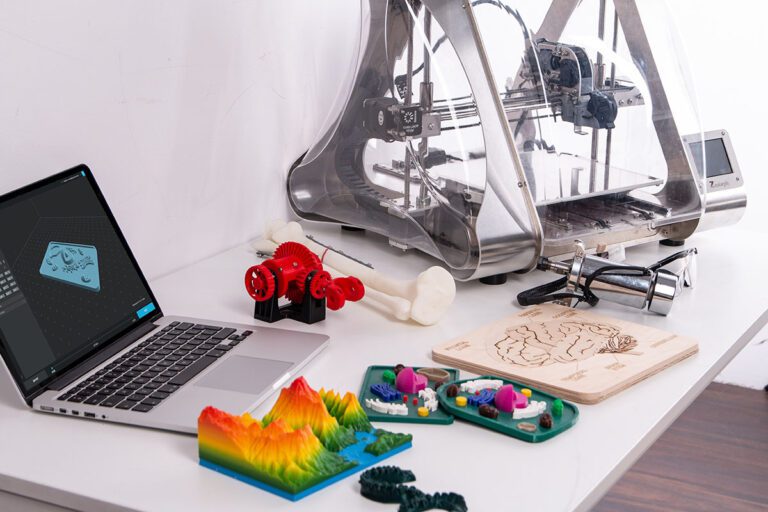Another school year is right around the corner. You have taken time to recharge, and now you are shifting your focus to a fresh start, new students, and returning to the art room you love. It’s no secret the pandemic changed the way art and other subjects were taught. From teaching on a cart to sanitizing supplies after every use, art teachers were forced to rethink their approaches to art education. Sometimes, this was at the expense of tried and true strategies. But one thing remains clear and steadfast beyond any global crisis—our number one priority as art teachers is to teach art (and we still have the best job ever!)
As the new school year approaches, you may find yourself with more freedom to return to flexible seating arrangements, collaborative learning activities, and a feeling of relief. So, what are your favorite instructional strategies, lessons, or art projects? The world of education is constantly changing. How will you adapt to moving forward while keeping the integrity of your pre-pandemic practices?
Hit the reset button this school year to explore approaches to engage learners in better ways. Combine pre-pandemic best practices with best practices picked up during and post-pandemic. In this article, we will consider ways you can get back to your favorite teaching and learning strategies by implementing ideas that meet students where they are at any stage of learning.
Let’s consider how SEL and assessment can help you reset and get back to the best practices you love.
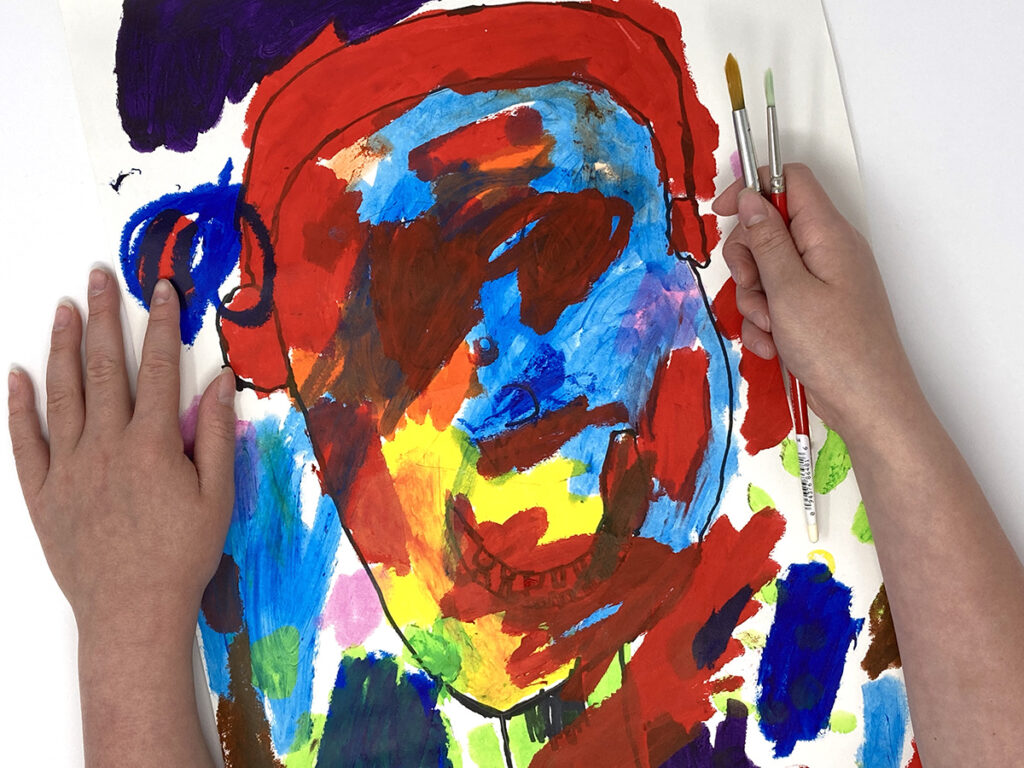
Integrate social-emotional learning from the start.
Social and emotional learning, or SEL, has become an integral part of the art room because it helps art teachers bring learning to a deeper level. According to the Collaborative for Academic, Social and Emotional Learning (CASEL), “SEL leads to beneficial outcomes related to: social and emotional skills; attitudes about self, school, and civic engagement; social behaviors; conduct problems; emotional distress; and academic performance.”
Partner with your school counselor at the beginning of the year and plan to check in with them throughout the year. Start a conversation with them about SEL integration, the benefits, and how to best support your student population. Creating art can be an outlet to support students’ personal expression. Opening channels with your school counselor now will allow you to be as prepared as possible if heavy feelings arise from the artistic process.
AOEU has a lot of resources about SEL, including a podcast series, PRO Packs in PRO Learning, and articles galore! What I have found to be the most beneficial SEL approach in my art room has been to show up as my best art teacher self. What can that look like for you?
Below are some ways you can be your best art teacher self:
- Greet young artists at the door with a warm smile and welcoming words.
- Take a minute at your desk to calm down if you feel emotions becoming unbalanced.
- Sit with your students and talk to them about their artwork.
- Listen to students’ concerns.
- Keep in touch with former graduated students who are now in the workforce to remind you why you do what you do.
I strive to model and communicate what it’s like to be socially and emotionally well and engage my students to do the same. When you meet your students’ social and emotional needs, teaching and learning are easier for everyone.
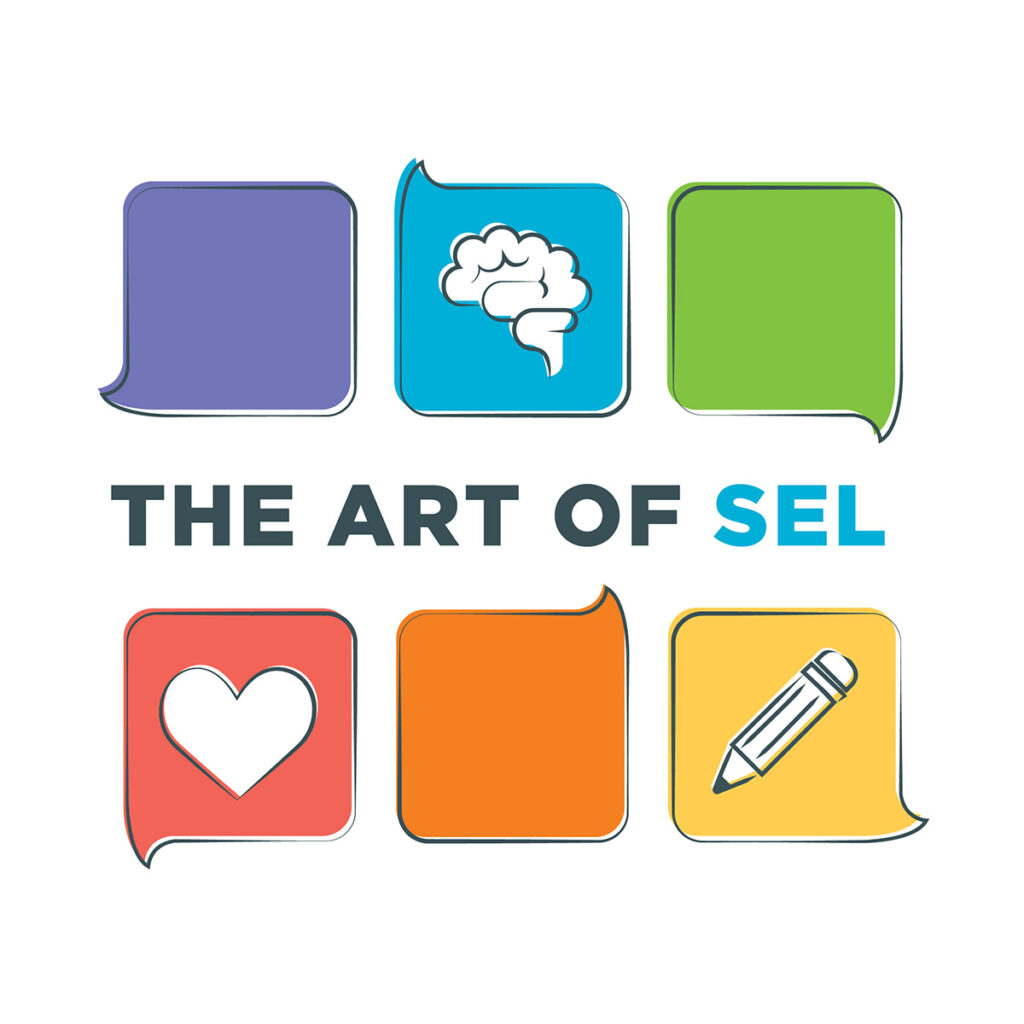
If you are looking for ways to expand SEL practices, check out the resources linked below:
- The Art of SEL Podcast
- Social-Emotional Learning Pack in PRO Learning
- Don’t Miss These 30 Artists That Bridge SEL and Art!
- Supporting SEL Through Assessment and Choice (Ep. 249)
Assess before, during, and after teaching art.
Teaching and learning go hand-in-hand with their good pal, assessment. Assessment checks for learning and growth and can be done at any point during a lesson or unit. Assessment strategies in the art room can provide ample creative solutions to discover what your young artists know before, during, and after teaching and learning.
Let’s break down assessment into three categories and take a closer look at each one in the art room:
- Pre-Assessments (Before)
When you start a lesson, do you dive right into your instruction or have your students share what they already know? Integrating pre-assessments can give you a good idea of how your lesson plan will align with where your students are at. Prioritizing assessment from the beginning and incorporating it throughout the artmaking process can save time and energy as you teach. It will also tell you how you can better support your artists. - Formative Assessments (During)
Formative assessments give you access to ongoing learning so you know if your art students are really getting the concepts, skills, and ideas. It will tell you if you need to take more time teaching something. This does not need to take a ton of extra time. AOEU’s Lindsey Moss has some tips for making formative assessments easy and part of your daily routine. Listen to Tim’s interview with Lindsey on this episode of Art Ed Radio and watch the Formative Assessment Strategies Pack in PRO Learning. - Summative Assessments (After)
Summative assessments are implemented at the end of learning. It is what most people think of when they think of assessment. In the art room, it can be grading piles of artwork. It can also include gallery walks, critiques, and artist statements. They are all excellent ways to demonstrate growth at the end of learning.
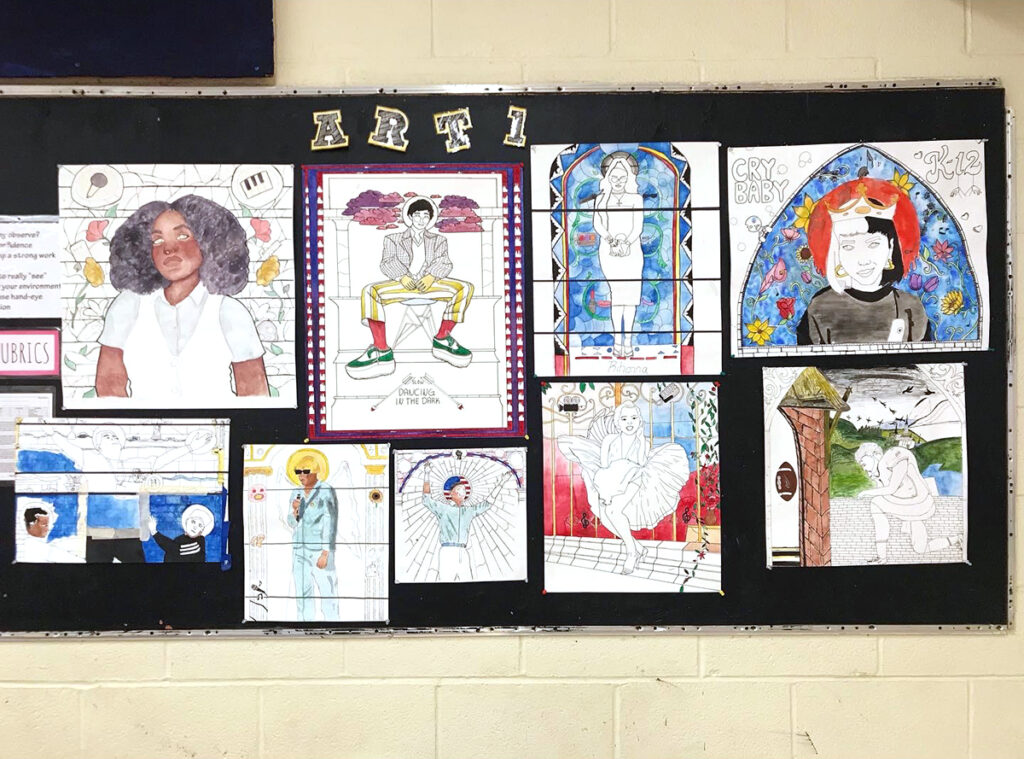
Here are some examples of assessments in the art room:
- Design an art folder or portfolio to demonstrate drawing techniques or composition and design strategies as a pre-assessment.
- Create a poster based on the prompt, “My life as an artist,” as a pre-assessment to get an idea of your students’ interests and exposure to or experience with materials.
- Record a quick video of your artists’ hands at work in the studio as a formative assessment to get a visual of an entire class’s progress.
- Build in 10–15 minute work-in-progress (WIP) gallery walks for a formative assessment. Use sticky notes for your students to give peer feedback, and invite them to apply something from one of the notes.
- Complete a self-assessment rubric aligned with the Studio Habits of Mind for a formative or summative assessment.
Be sure to explore the assessment resources AOEU has to offer:
- Assessments You Can Actually Fall in Love With (Ep. 44)
- Use Bookmaking as an Authentic Summative Assessment to Engage Your Students
- 2 Ways to Use Take-Home Assessments in the Art Room
- Designing Effective Assessment Practices Pack in PRO Learning
- 5 Tips for Better Art Assessments
- Assessment in Art Education Graduate Course
- How to Streamline Your Summative Assessments With Our Awesome Plug n’ Play Rubric
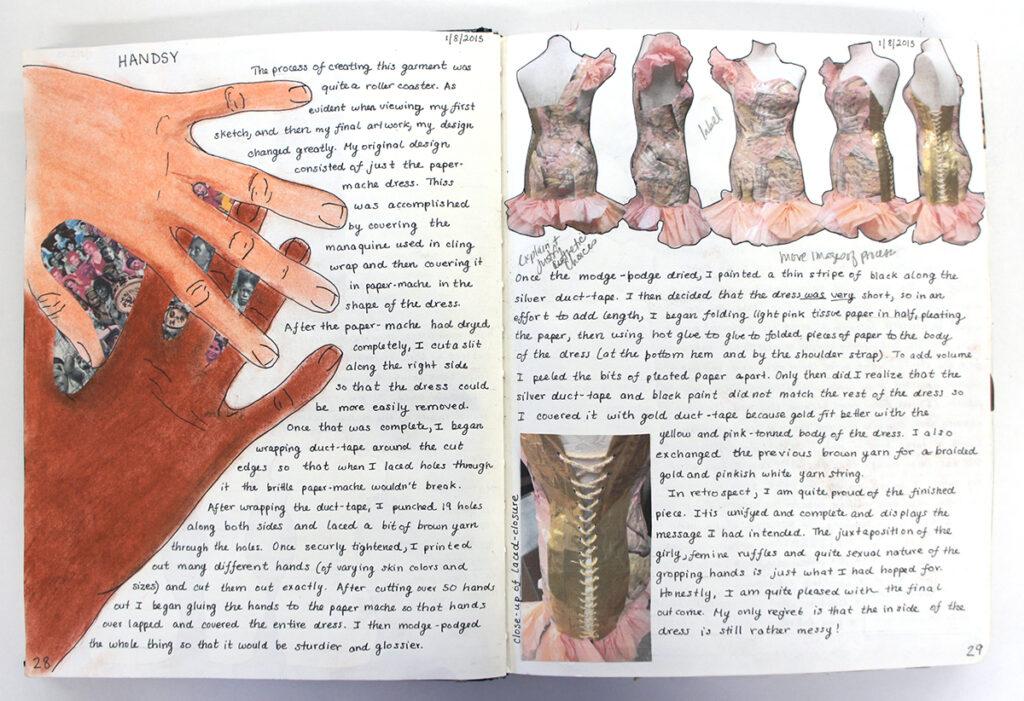
This school year can be the year for you to blend all of the best practices from your career, including new ones you have implemented from hybrid or online learning and possibilities trending in art education. Incorporating social-emotional learning and assessment strategies into your art room can be two powerful areas to redesign your approaches. Remember, AOEU has many resources to help you integrate fresh new ideas this year. Ultimately, as you plan for the upcoming school year, decide what works best for you, your students, and your art room.
What are your favorite art room practices you are excited to get back to this year?
How will you blend the old, the new, and the possibilities of current art education trends to engage learning?
Magazine articles and podcasts are opinions of professional education contributors and do not necessarily represent the position of the Art of Education University (AOEU) or its academic offerings. Contributors use terms in the way they are most often talked about in the scope of their educational experiences.
